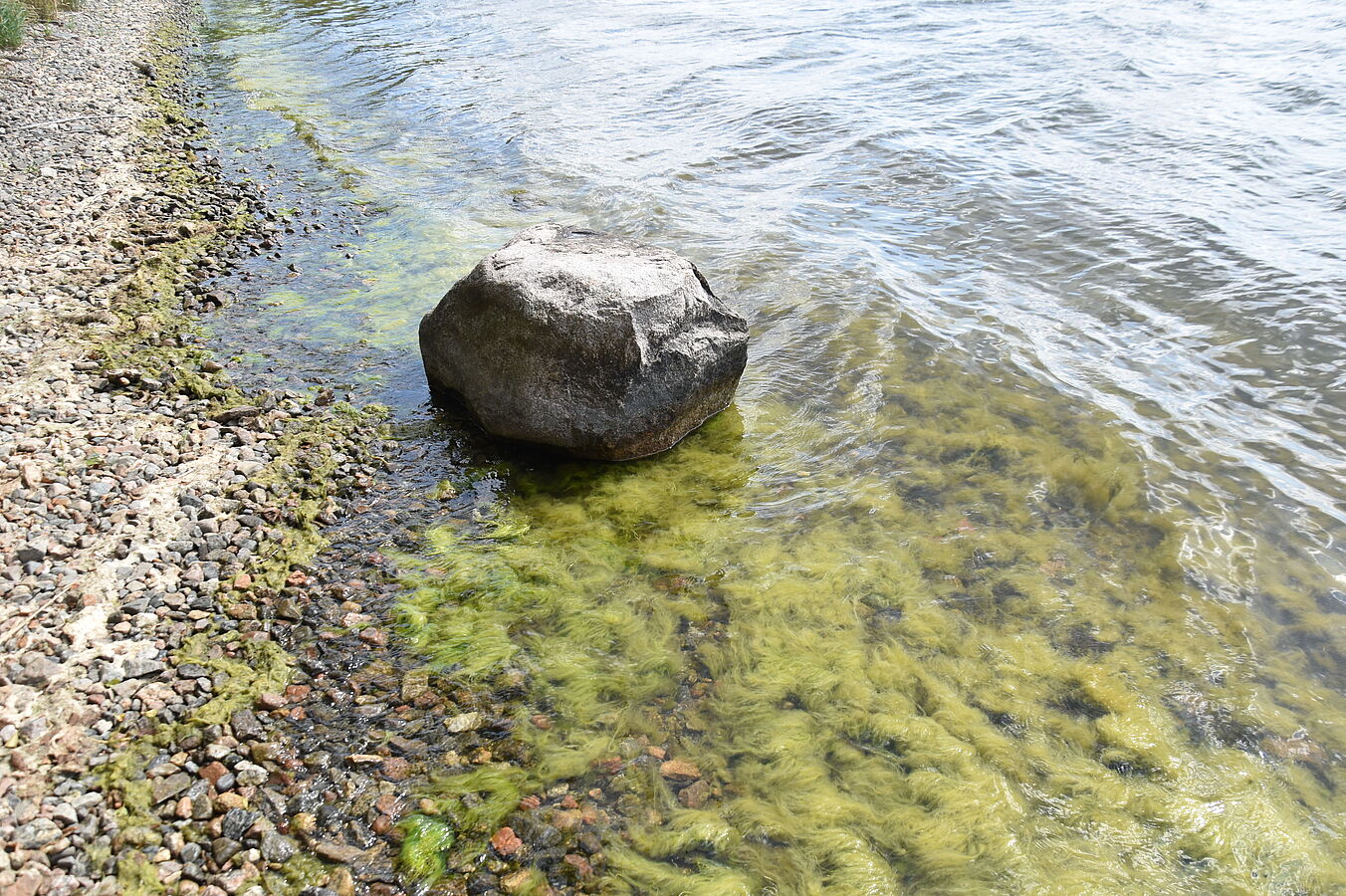Many of the world's well-known clear lakes are deteriorating at an alarming rate: at the shore, where people want to play and swim, the lake bottom is covered with green carpets of algae.

[Translate to English:] Sie sind grün, glibberig und manchmal auch gefährlich: Wer am Ufer von Seen unterwegs ist, findet nicht selten Teppiche von Fadenalgen vor, zunehmend auch in klaren und sauberen Gewässern. | Foto: Sabine Hilt/IGB
These are mass accumulations of filamentous algae that have recently appeared in remote mountain lakes as well as in some large lakes such as Lake Tahoe (USA) and Lake Baikal (Russia). Benthic filamentous algal blooms in nutrient-poor, clear lakes are unusual - and the causes are often complex and largely unexplored. An international group of lake researchers from different institutions including the Leibniz Institute of Freshwater Ecology and Inland Fisheries (IGB) has compiled possible reasons. They want to draw attention to the problem because benthic filamentous algae blooms can change the ecosystem profoundly and can contain toxic substances.






